Genoa, Italy's oldest Cistercian abbey for sale
The news made many jolt in their chairs: the oldest Cistercian abbey in Italy is for sale. As of a few days ago, the precious abbey complex of Santa Maria della Croce in Tiglieto, inland from Genoa, was in fact put up for sale by Lionard, a real estate agency specializing in luxury properties. Located in the municipality of Tiglieto, near the Ligurian capital, it dates back to the 12th century and is one of the most remarkable monuments in the region but not only: in fact, it housed the first community of Cistercian monks outside France; it is immersed in the Beigua Regional Natural Park (a Unesco site, part of the Global Geopark network), which also manages visits to the complex; and it still preserves much of the monastic complex (although both the church and the monastery have undergone major modifications over the centuries).
The complex is currently privately owned. The abbey, in 1442, was suppressed and turned into a commenda (an ecclesiastical benefice that was entrusted to a layman who managed the property and enjoyed the annuities), after which in 1635 the complex was entrusted to Cardinal Lorenzo Raggi. In 1747 the abbey of Tiglieto was occupied by the Austrians, and a few decades later it also registered the passage of Napoleon. The Raggi family, meanwhile, continued to hand down the property (it was also turned into a private residence) and has held it, through its heirs, to the present day.
The real estate developer Lionard rattles off, in the file on his website, the numbers of the complex: 4,200 square meters of interior space, large halls with high vaulted or wooden ceilings, a chapter house with nine bays punctuated by sandstone columns and alternating red and white banded decorations, the monks’ cells, a total of 30 rooms and 10 bathrooms. In short, a place suitable for implanting a hotel or resort, perhaps a luxury one.
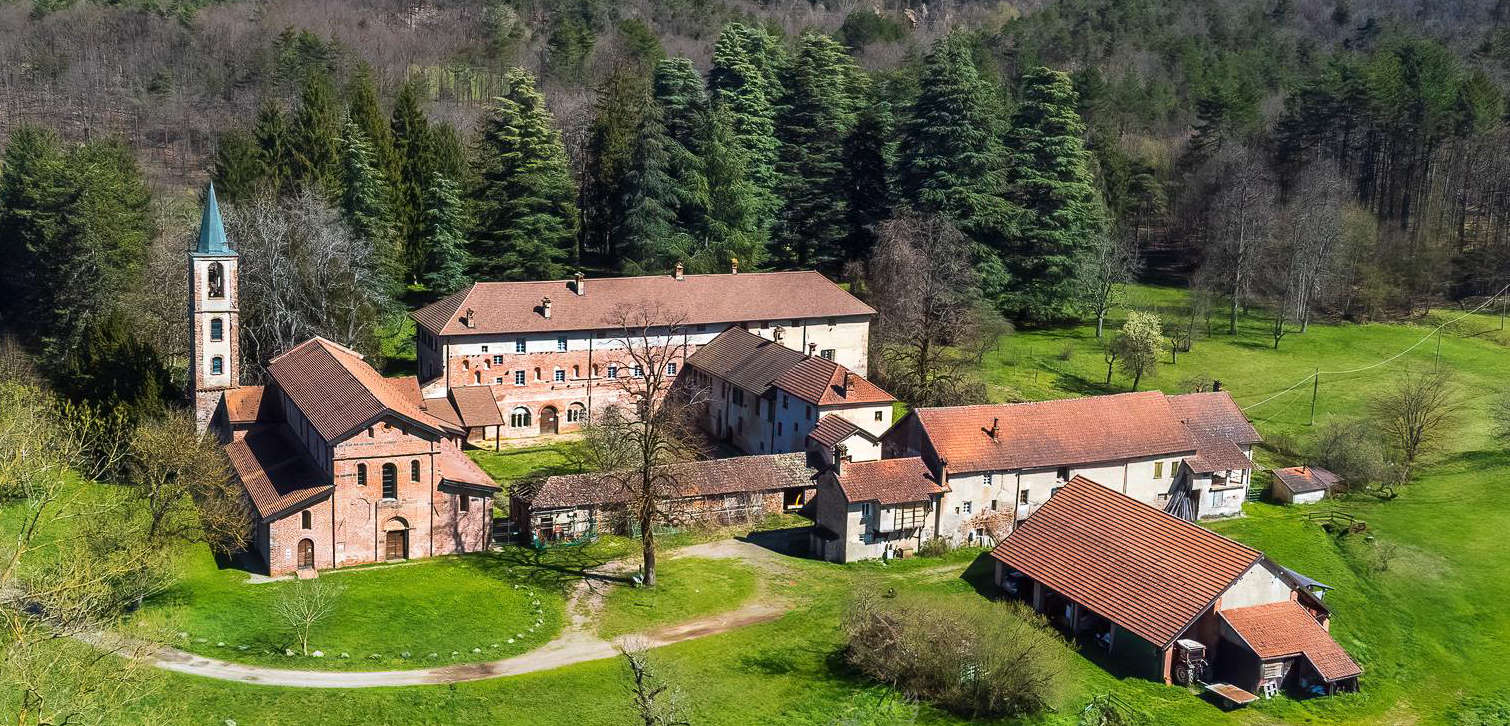
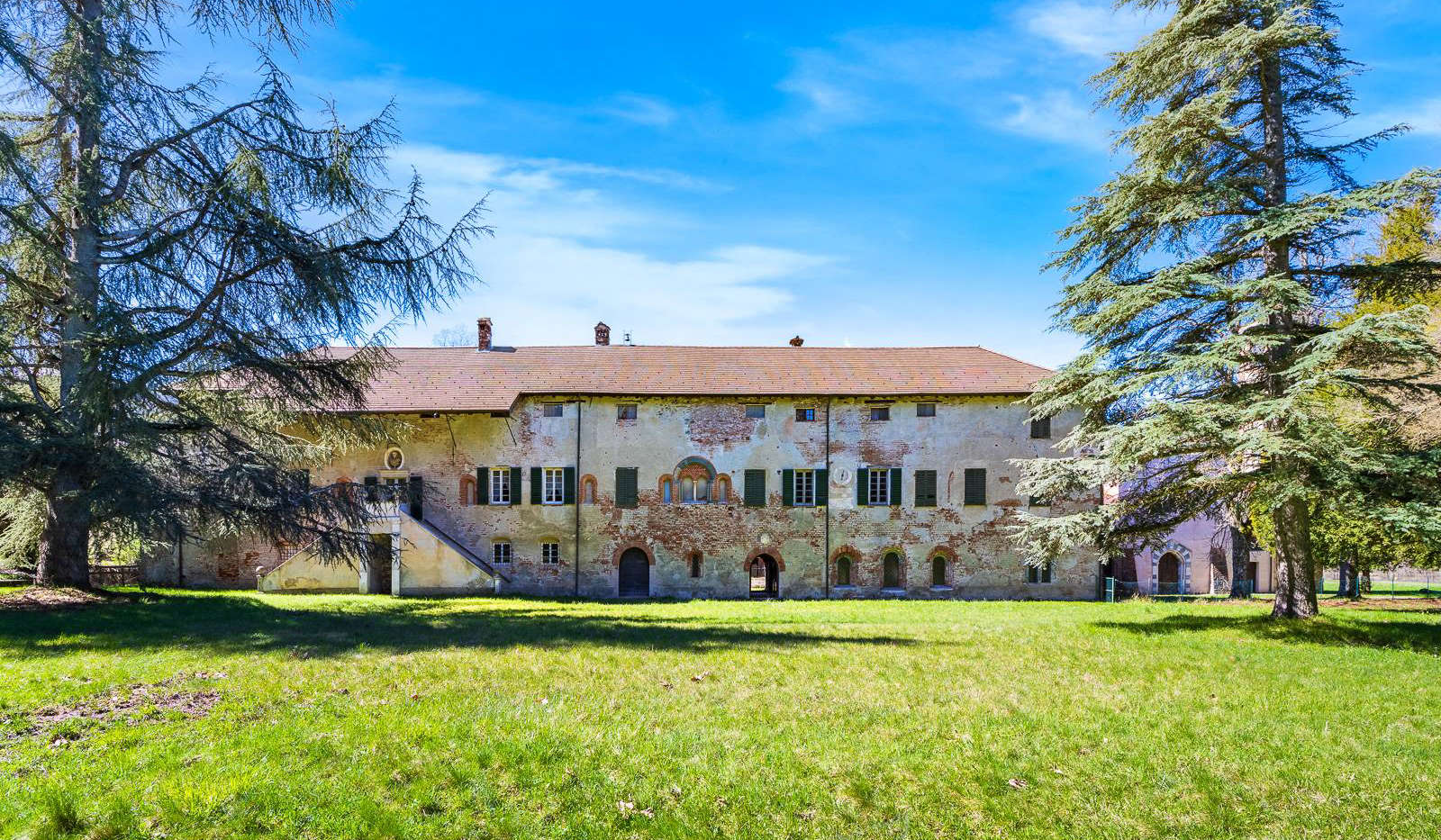

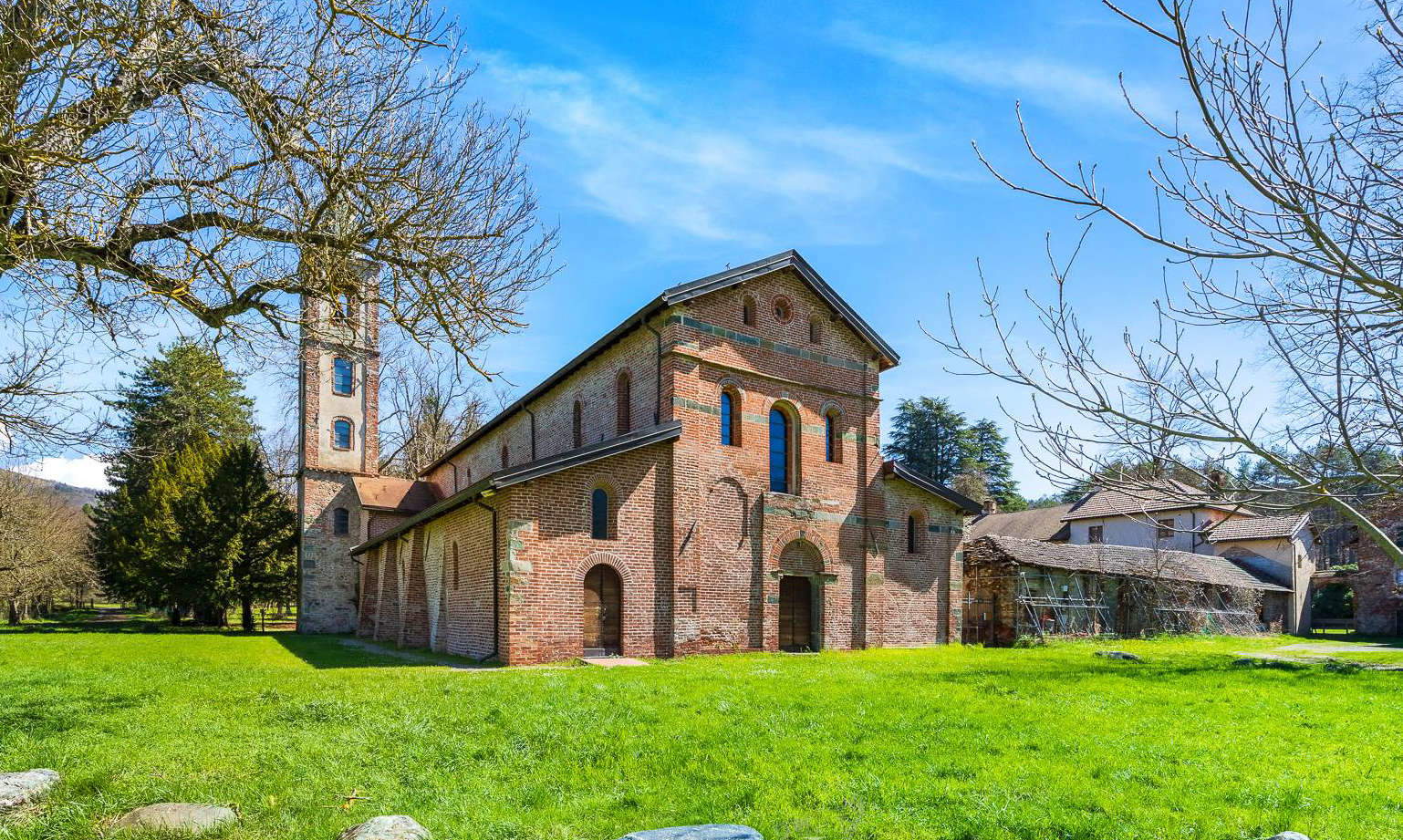

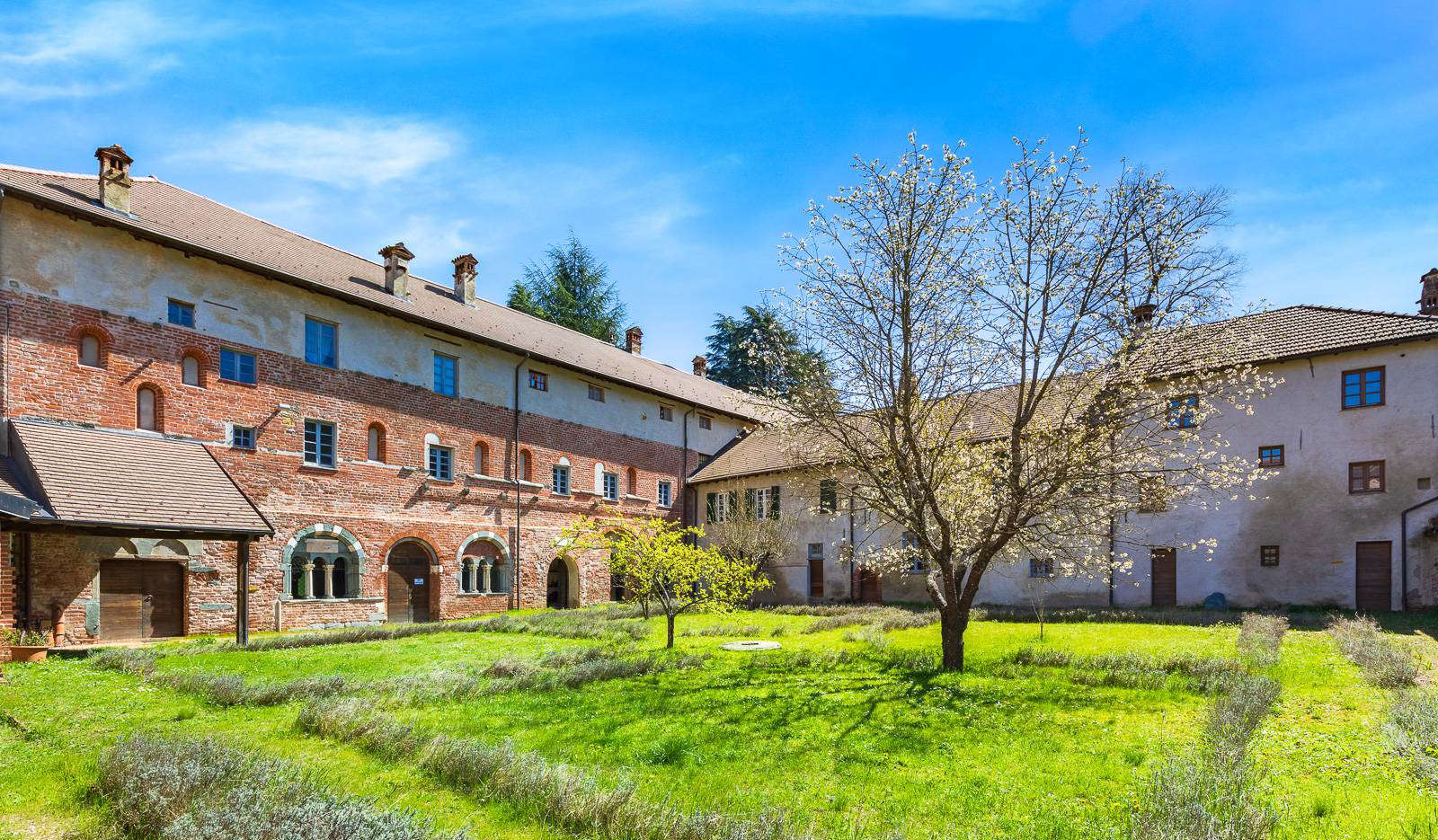
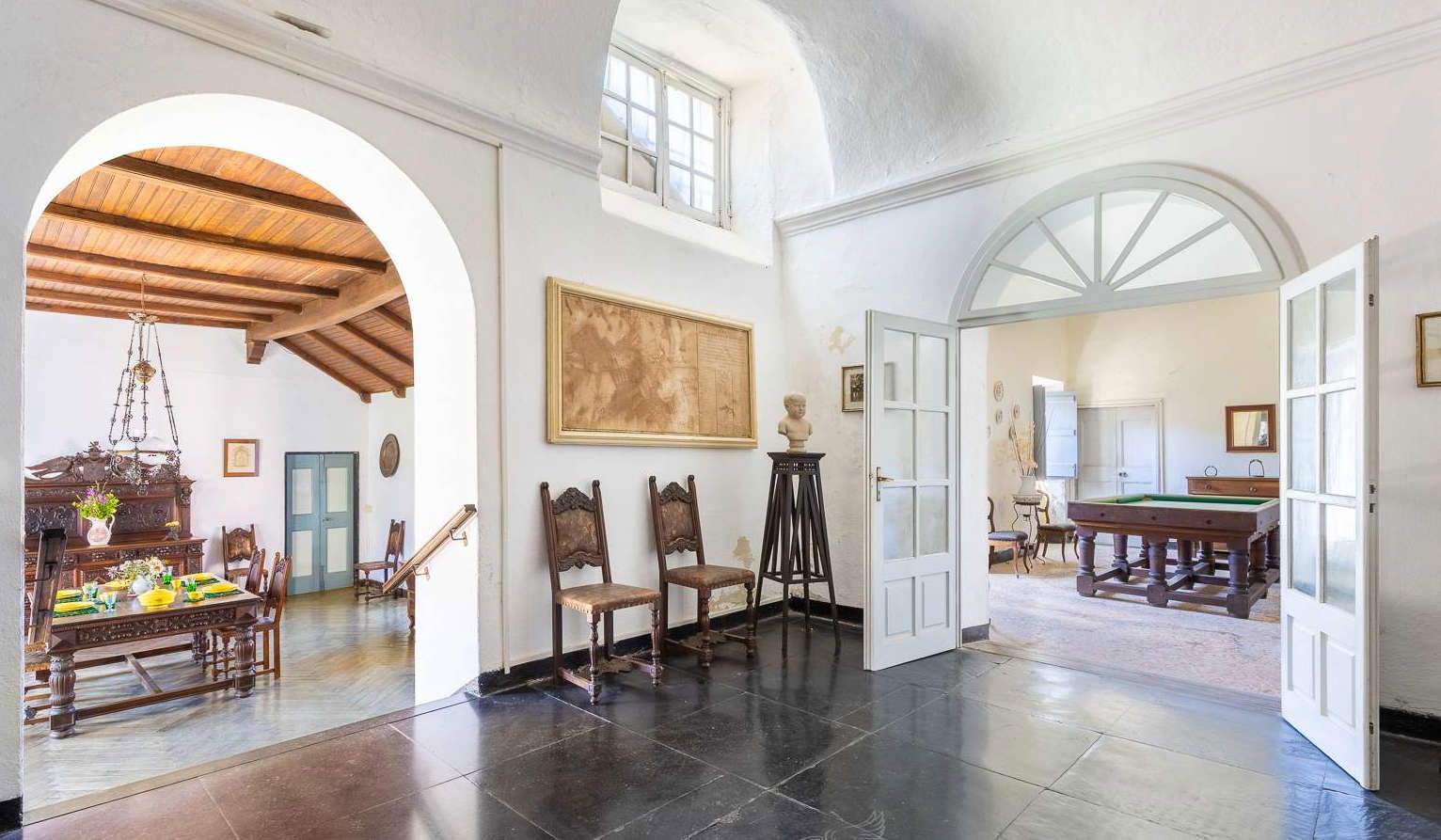
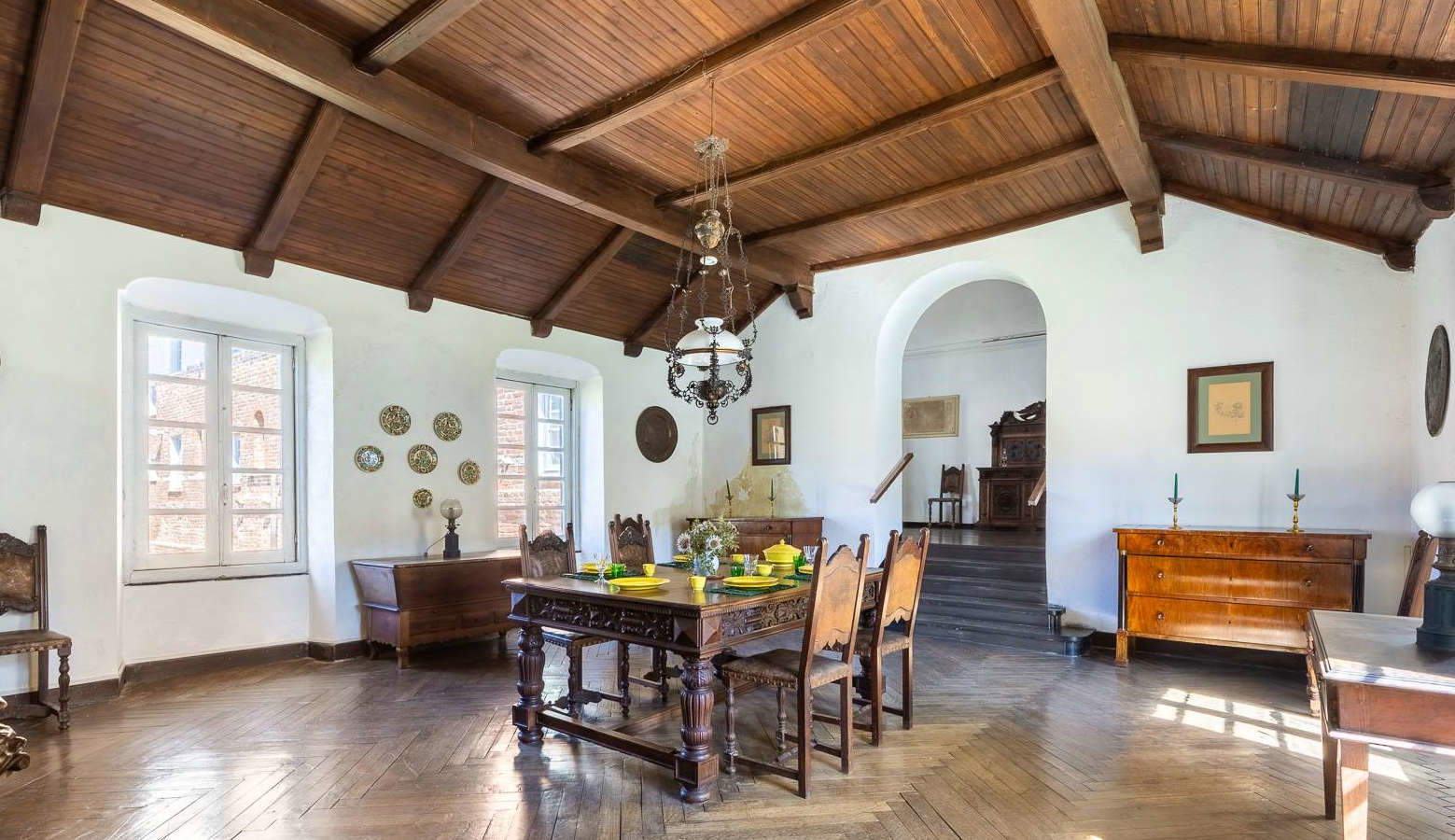
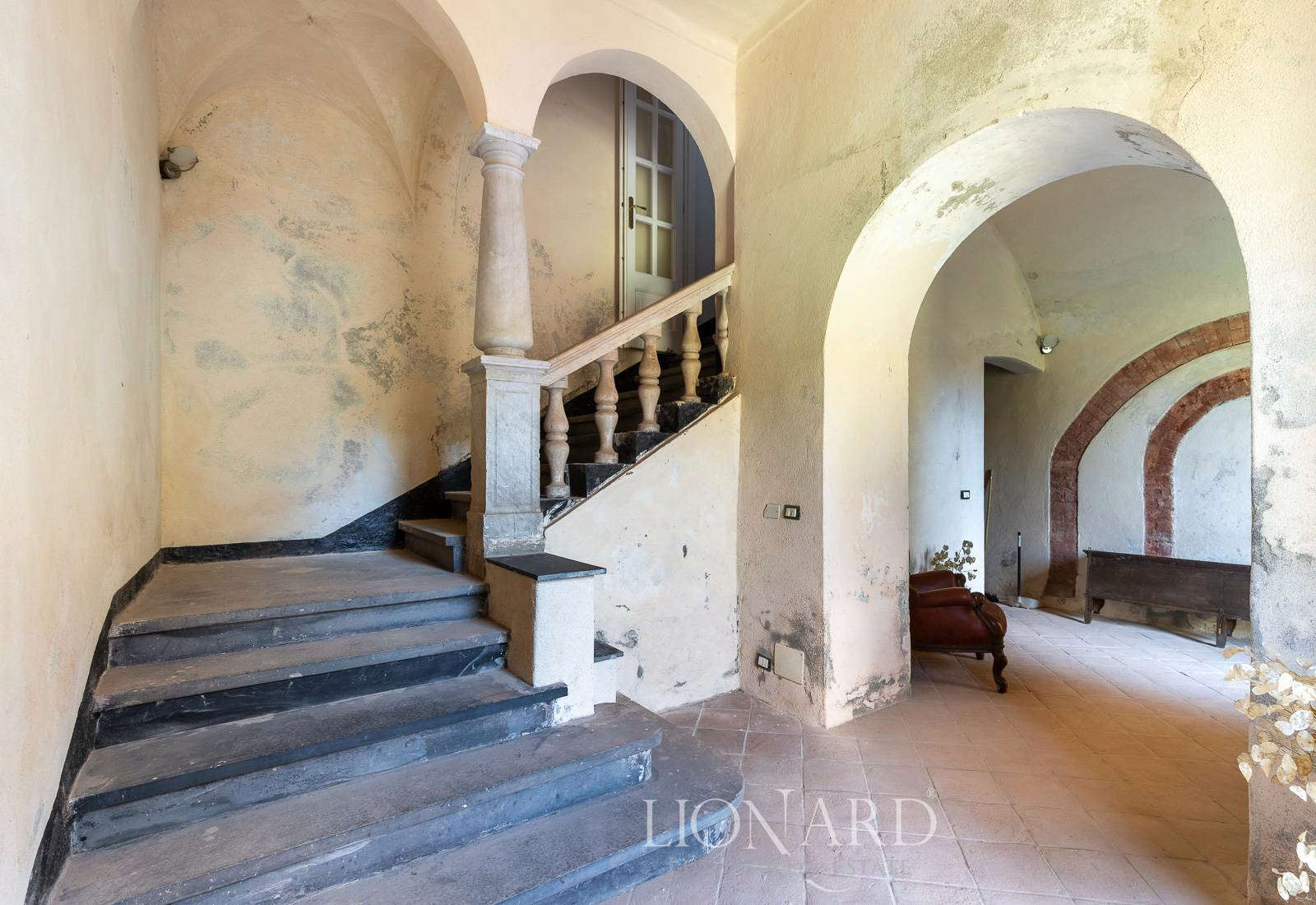

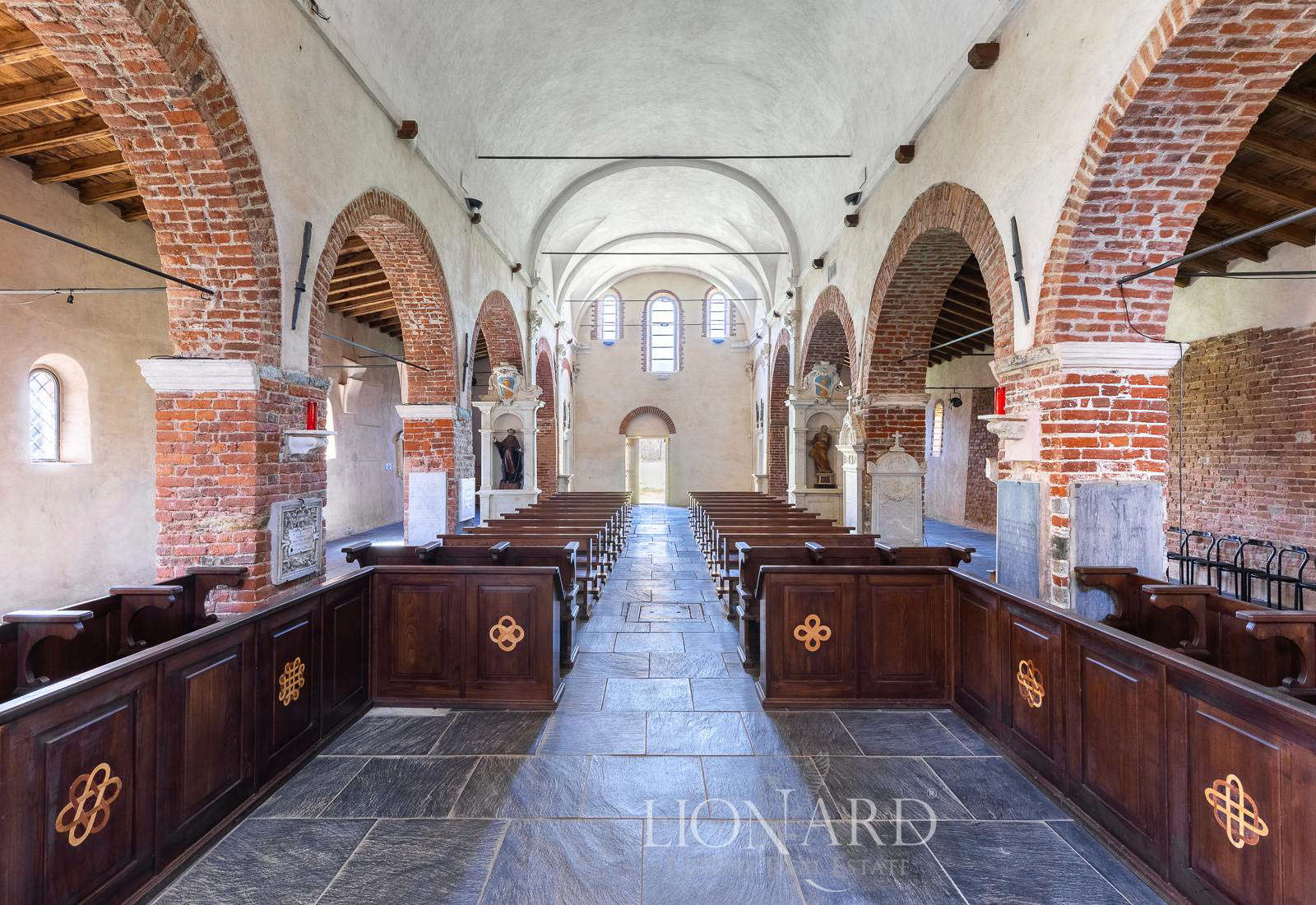
Critical art historian Giacomo Montanari, patron of the now-famous Rolli Days in Genoa, comments on the news of the sale of the abbey: “From tomorrow you can build your ELIPORT in the oldest Cistercian Abbey in Italy. In a UNESCO site, the Beigua Park - Unesco Global Geopark. This is happening in Liguria, in the municipality of Tiglieto: a unique historical, artistic and monumental asset on this planet goes on sale like any apartment, apparently without anyone caring. Where are the ministries (Ministry of Culture exist?), the municipalities, the region, the citizens, the press? Maybe we deserve this decadence, if it is possible to think of such disasters still in 2024.” Another art historian, Anna Maria Dagnino, said she has sent a report to the Genoa Superintendency.
Tiglieto Abbey has actually been restored recently: the last works, which involved the cloister, were completed in 2016. Moreover, in 1996, the property had entered into a 90-year total use commodate with the Italian Congregation of the Cistercian Order, the Bishop’s Curia of Acqui, the Region of Liguria, Beigua Park, the Province of Genoa, and the Municipality of Tiglieto. The work, which began in 1996 after the Superintendency had begun restoration work in the 1950s (later interrupted due to lack of funds), led to the static rehabilitation and restoration of the church, the restoration of the chapter house, the monks’ quarters, the locutorium (the passage room between the cloister and the park), and the adaptation to guest quarters of some rooms located in the southwest volume of the cloister. In addition, as stated on the FAI website, the public administration has invested heavily in the recovery of the abbey, and thanks to these investments it has been possible to fix the parking lot and the refreshment area and services, as well as to complete the plant works. And still a public administration, the Province, in 2009, prepared the preliminary project of recomposition of the former cloister area recomposed in the allocation of PAR FAS 2007-2013 funds of Culture. With the intervention financed with FAS funds, the restoration of the cloister and the recomposition of the east and south elevations were carried out with the collaboration of the Superintendence of Fine Arts and Landscape of Liguria.
 |
| Genoa, Italy's oldest Cistercian abbey for sale |
Warning: the translation into English of the original Italian article was created using automatic tools. We undertake to review all articles, but we do not guarantee the total absence of inaccuracies in the translation due to the program. You can find the original by clicking on the ITA button. If you find any mistake,please contact us.




























